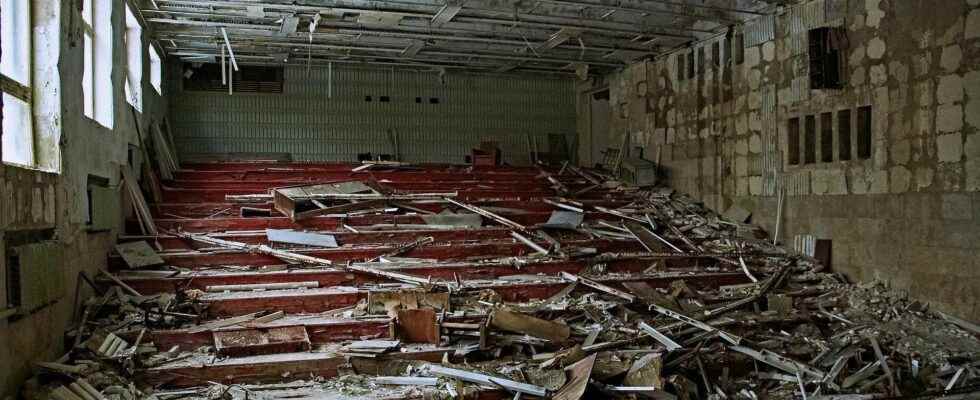As in Iraq, Syria or even Paris after the cathedral fire, it is essential to digitize in 3D the structure of historic buildings to “memorize” them in history, but also to facilitate their reconstruction. In Ukraine, Emmanuel Durand offers his voluntary help to safeguard cultural heritage.
You will also be interested
[EN VIDÉO] Visit three endangered archaeological sites in 3D Syria is full of exciting archaeological sites. Unfortunately, the socio-political conditions of the country could lead to their destruction. The French company Iconem has developed a way to save them by modeling them in 3D. Discover in this video three of these absolutely superb places.
Since the Islamic State destroyed remnants of antiquity in Iraq and Syria, engineers and historians use digital tools so that the memory of these buildings remains; the same ones that we used to reproduce Notre Dame of Paris after its 2019 fire.
Today is in Ukraine that the 3D data acquisition took place with Emmanuel Durant, a French engineer who works for Amann Engineering, in Geneva. Armed with his laser scanner and his tripod, this volunteer digitizes the interior and exterior of buildings. ” The scanner takes 500.00 points per second. On this station, we will have 10 million points. Then we will change stations and go all around the building, outside and inside. A billion points…”he explains to theAFP. In matter precision (5 millimeters!) and volume information, it’s exactly the same technology as for digitization of the cathedral of Notre Dame de Paris.
An exact 3D replica of the building
This cloud of points is therefore the result of the process of digitizing the surfaces of the object, the environment or the infrastructure to be treated with the 3D laser-scanner. It is a set of vertices of a three-dimensional coordinate system, identified by X, Y and Z coordinates.
Then, return to a safe place to assemble the pieces of his scans to achieve the most faithful reproduction possible. ” This makes it possible to fix in history the situation physical of the building, he continues. This can be used to see what has moved for security. To help see what can or cannot be restored, but also for museographic or historical aspects. We have the real scene of the damage caused by the missile and an exact replica of what the building used to be”.
It is therefore not a question, as in Syria or Iraq, of bring Mosul, Aleppo and Palmyra back to life in 3D the time of an exhibition, but rather to prepare the reconstruction, to probe the structure, but also to use these statements as evidence of massacres and war crimes. The damage is considerable in many regions where the Russians strike continuously and indiscriminately.
Nearly 400 “cultural war crimes”
According journalist Stephan Siohan, the Ukrainian Ministry of Culture counts after three months, 367 “cultural war crimes” with the destruction of 29 museums, 133 churches, 66 theaters and bookstores, and even a Jewish cemetery. For the Ukrainian government and historians, Russia is in a strategy of “cultural genocide”.
” The registration of damages will also be used for criminal trials. Across the country, we see serious damage to our heritage. It is a genocide of the Ukrainian people and a genocide of Ukrainian culture,” esteem thearchitect Kateryna Kouplytska, member of the commission responsible for identifying damaged historical sites.
In Kharkiv, the Ukrainian authorities are identifying damaged buildings with state-of-the-art technology. © TV5 World
Interested in what you just read?
